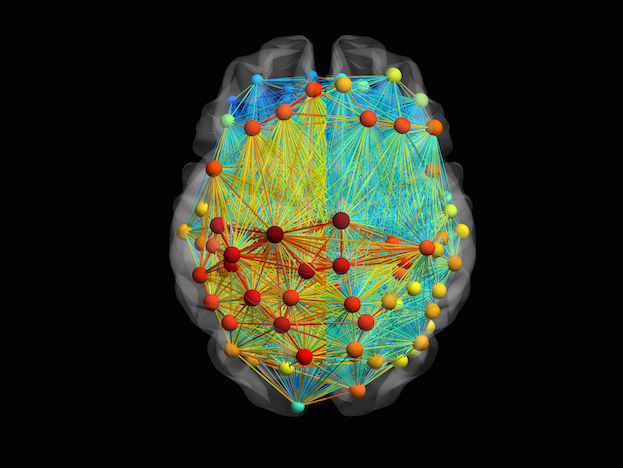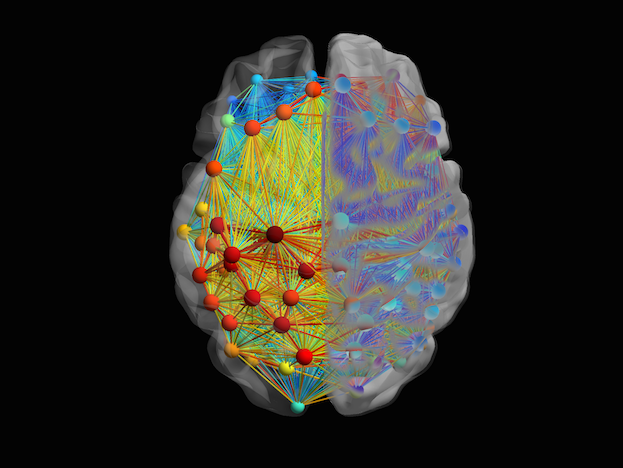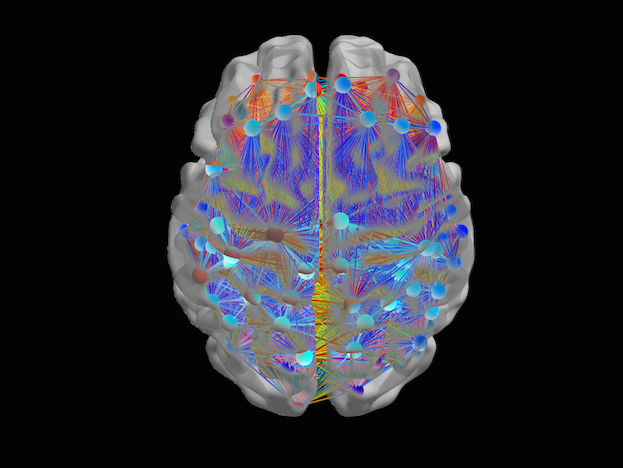Stefan Fürtinger
I am the scientific software development lead at the Ernst Strüngmann Institute (ESI) for Neuroscience in Cooperation with Max Planck Society in Frankfurt, Germany. I am interested in software development, data science, and mathematical modeling. I have a PhD in applied mathematics and worked as member of multi-disciplinary research teams of international experts both in Europe and the US.
My areas of expertise include
- scientific software development
- high-performance computing and system administration
- signal processing
- algorithmic design
- numerical mathematics and optimization
- dynamical system design and analysis
I have multiple years of experience working in research software development, computational biology and biomedical research
My Background
I was trained in numerical mathematics with a strong focus on parallel programming and high-performance computing for biomedical applications. I have worked in interdisciplinary research teams establishing productive collaborations with experts from various fields, including clinicians, physicists and biomedical engineers. I have multiple years of practical experience designing, implementing, and executing complex research projects involving numerous contributors across multiple disciplines and research sites.
I joined a model development research group during my undergraduate training and analyzed an optimal control formulation based on cybernetics to stabilize a model of the human cardiovascular system under hypovolemia in my diploma thesis. This work was published as book by VDM.
After graduating with honors I joined the special research center “Mathematical Optimization and Applications in Biomedical Sciences (MOBIS)”. With its strong focus on mathematical imaging the MOBIS research center offered a unique interdisciplinary environment for my doctoral research which involved close collaborations with clinicians, physicists and biomedical engineers.
During my postdoctoral training at Icahn School of Medicine at Mount Sinai New York I developed flexible strategies for high-throughput time-series analysis of intracranial EEG data, initiated the development of a large-scale neural population model for the simulation of brain activity, successfully applied graph theoretical concepts to functional MRI recordings, and conceptualized novel strategies to visualize large-scale networks.
I finished my postdoc and assumed a position as research scientist at ESI. I worked on data-mining and pattern recognition problems in a big data context, applied stochastic optimization techniques to machine learning approaches and designed algorithmic strategies to partition complex networks.
I subsequently transitioned to do research software engineering full time and started a scientific software consulting business. My clients included companies in the US, Canada as well as Germany. I was hired to kick-start the development of a data analysis framework for electrophysiological recordings in Python which became SyNCoPy and led me to start a position as Scientific Software Developer at ESI. I am currently Lead Developer Lead for Scientific Software at ESI IT.
Software
I have mainly written open-source software which is publicly available. The majority of my current codes are hosted in repositories of the esi-neuroscience organization on GitHub.
Research
I have authored multiple research articles that were published in peer-reviewed scientific journals and I have presented my work at professional meetings and research institutions.
Awards and Recognition
Data visualization Restless Mind Wandering chosen for publication in The Art of Theoretical Biology 2020

Featured in The Wall Street Journal, The Brain Wiring Behind a Frustrating Speech Disorder
Nomination by Icahn School of Medicine at Mount Sinai for the nationwide 2016 Regeneron Prize for Creative Innovation
Featured in Biomedical Picture of the Day by MRC Clinical Sciences Centre
Winner of the 2014 Travel Award of The Office of Postdoctoral Affairs, Mount Sinai School of Medicine New York
3rd Place in the 6th Annual Neuroscience Call for Images competition 2014, Mount Sinai School of Medicine New York



Get in Touch
Please use the contact form.
